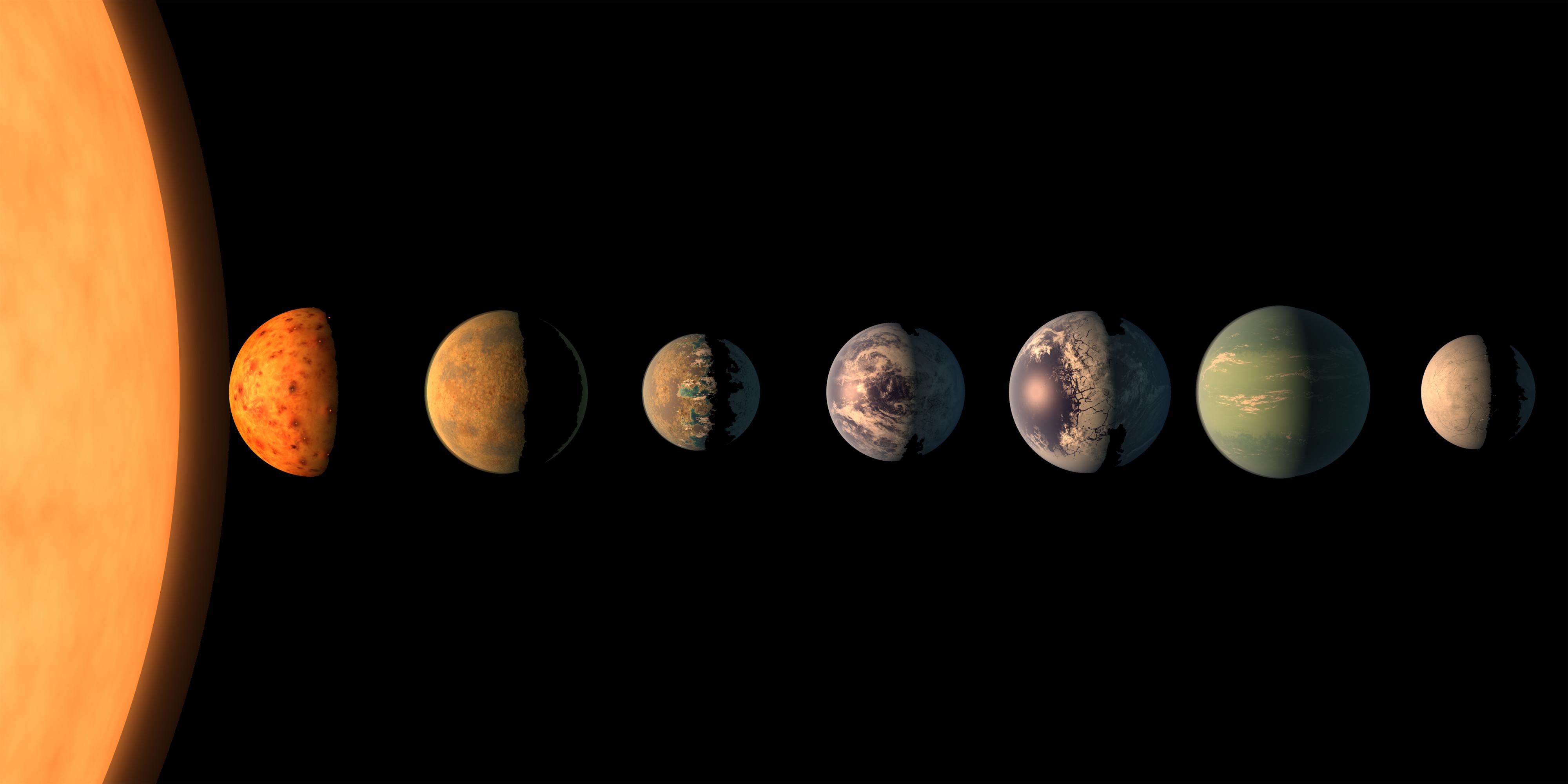UChicago News
After NASA announced in February the discovery of a solar system with seven planets—three of which were deemed potentially habitable—UChicago postdoctoral scholar Sebastiaan Krijt began wondering: If a life form existed on one of these planets, could space debris carry it to another?In research recently published in Astrophysical Journal Letters, Krijt and fellow UChicago scientists conclude that life forms, such as bacteria or single-cell organisms, could travel through the newly discovered TRAPPIST-1—an unusual solar system that presents an exciting new place in the Milky Way to search for extraterrestrial life.
“Frequent material exchange between adjacent planets in the tightly packed TRAPPIST-1 system appears likely,” said Krijt, the study’s lead author. “If any of those materials contained life, it’s possible they could inoculate another planet with life.”
For this to happen, an asteroid or comet would have to hit one of the planets, launching debris into space large enough to insulate the life form from the hazards of space travel. The material would have to be ejected fast enough to break away from the planet’s gravitational pull but not so fast that it would destroy the life form. And the journey would have to be relatively short so the life form could survive.
The researchers ran several simulations for TRAPPIST-1 and found that the process could occur over a period as short as 10 years. Most of the mass transferred between planets that would be large enough for life to endure irradiation during transfer and heat during re-entry would be ejected just above escape velocity, they concluded.
“Given that tightly packed planetary systems are being detected more frequently, this research will make us rethink what we expect to find in terms of habitable planets and the transfer of life—not only in the TRAPPIST-1 system, but elsewhere,” said Fred Ciesla, UChicago professor of geophysical sciences ...
Read More
Wednesday, April 26, 2017
Recently discovered solar system could seed life between adjacent exoplanets
Subscribe to:
Post Comments (Atom)
No comments:
Post a Comment
Note: Only a member of this blog may post a comment.